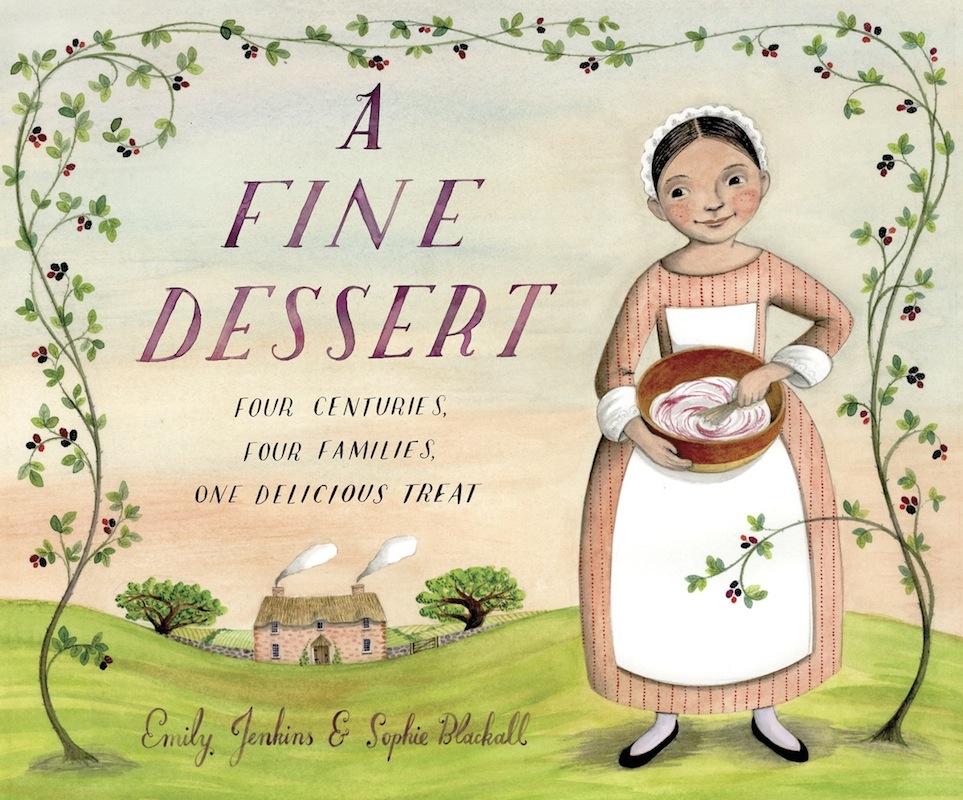The story of Finding Winnie takes place in the context of WW1. Winnie, named for Winnipeg, became the mascot of the Second Canadian Infantry Brigade, and by all accounts she provided entertainment, distraction, comfort and solace to the troops, many of whom were very young and far from home. This illustration of Winnie posing with the soldiers was inspired by a photograph from the author, Lindsay Mattick's family archives. Harry is in the second row, second from left, seated.
So it was interesting to delve into Canadian history. I read about soldiers' kits, Ross Rifles, MacAdam Shield-Shovels, and their doomed boots. Ross Rifles were long and heavy, performed poorly in damp conditions and would often jam after first firing, making it impossible to reload. As the name suggests, the MacAdam Shield-Shovel was designed to be a multi-purpose shield and shovel. Unfortunately it weighed over five pounds which made it difficult to carry, the shovel’s blade was incapable of stopping the penetration of gunfire even from the smallest of enemy calibre arms, and the fact that it contained a large sight-hole made it almost useless for shoveling. As for the boots, they were made with pressed cardboard soles, which rapidly disintegrated in the mud.
This image of Harry's regiment marching in the incessant rain on the Salisbury Plain mirrors the composition of his departure earlier in the book. The First World War was all about hordes of young men, embarking on journeys with uncertain destinations.
We don't see anything of the actual War in Finding Winnie, but in the illustrations I wanted to allude to the devastation it caused. We all know the iconic photographs of soldiers leaving for war, hanging from train carriages, waving hats, reaching out for a last grasp of a wife's hand.
...and echoed it with his return. The families are the same ones, four years later. We see the survivors and the gaps where men – or limbs – were lost.


































3 comments:
Thanks for these behind the scene details! The AA Milne book that is near and dear to my heart! But I love your interpretation of the real story! LittleBrown should create a poster of the cover. If they do so, please send me one! Thanks again.
Such an important story to tell. The gravity of your job, was done with beautiful thought and sincerity. Thanks for sharing...Laura
Wheeee!!! Just read the exciting news about the Caldecott! Congratulations! (My 6-year-old daughter, Lucy, spent a huge part of this past year studying every book you ever illustrated and received "Finding Winnie" for Christmas. We were so thrilled for you!)
Post a Comment